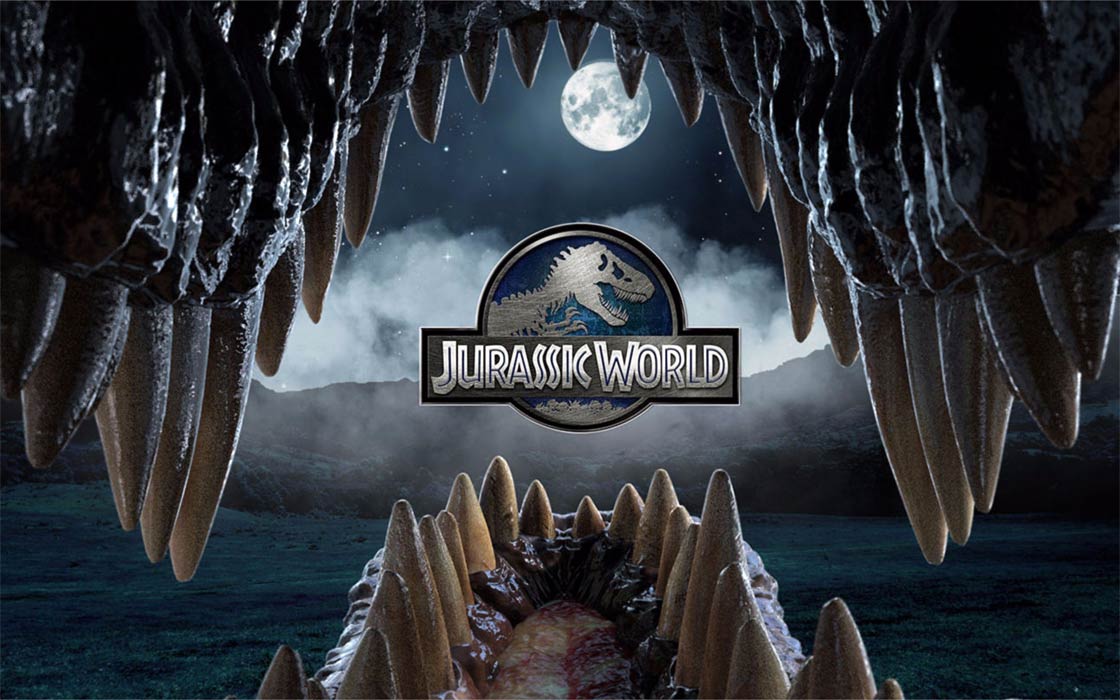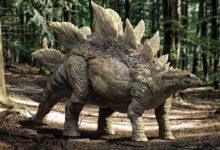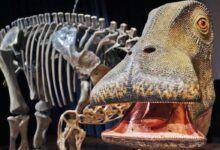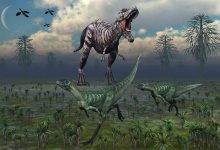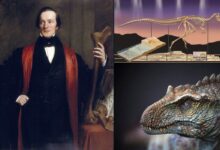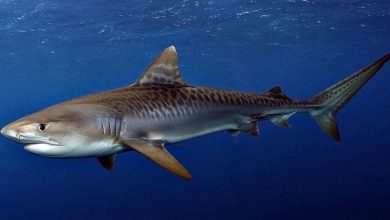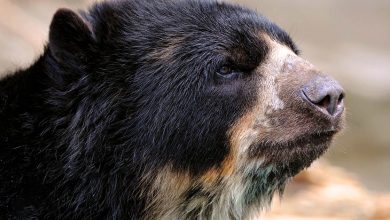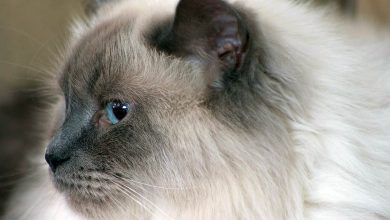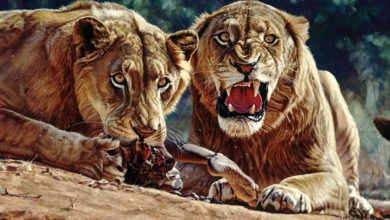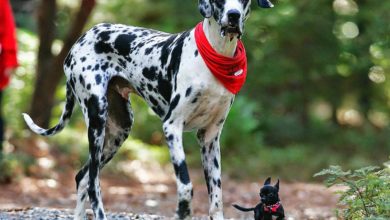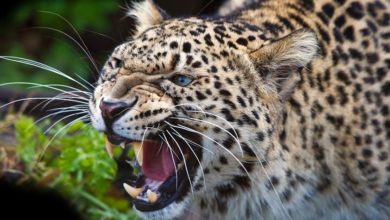Is Jurassic World Accurate?
Hollywood Depictions: Is Jurassic World Accurate?
Since we first learned about dinosaurs as kids, most of our imaginations have been filled with ideas about these prehistoric reptiles. We find ourselves curious about what these creatures were like and whether the drawings and videos depicting them are accurate.
Even as adults, whenever dinosaurs are portrayed in movies, they inevitably turn into discussions that tap into our childlike curiosity — though with a bit more logic and reason. We often end up with questions about how accurate the movie is.
The Jurassic World movies are no exception to our scrutiny of Hollywood depictions. In fact, the films face numerous questions about their accuracy, to the point that paleontologists and natural history experts have been asked to weigh in on the films’ depictions.
Their expertise has revealed major inaccuracies in the films, ranging from the premise of cloning dinosaurs to the capabilities the dinosaurs are depicted as having.
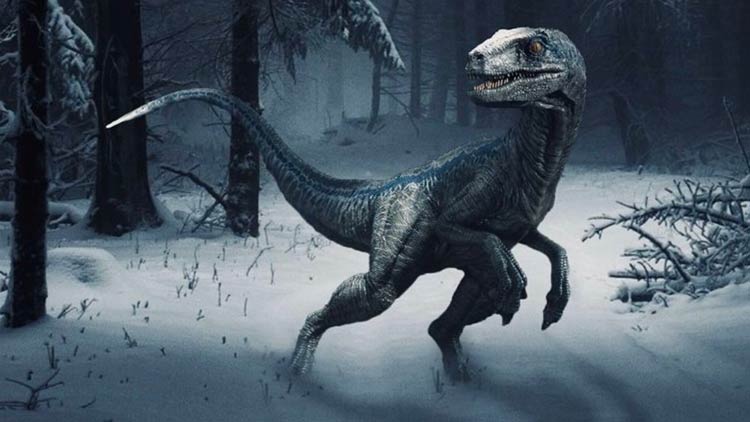
Harvesting and Cloning Dinosaur DNA
In the original Jurassic Park movie, dinosaur DNA is harvested from fossilized mosquitoes in amber and cloned to create the living, breathing dinosaurs at the park. The reality, however, is that doing this is near impossible.
Harvesting DNA this way requires a specific combination of factors that rarely occur, like a mosquito becoming trapped in resin immediately after consuming the blood and scientists getting to the extraction before the DNA decays. Adding to these rare odds is the need for all of these factors and others to coexist.
Another major problem with this is the cloning process. Science has developed ways of cloning, but it requires a living species to facilitate the process. In other words, to clone dinosaurs, we need living dinosaurs.
Of course, if this had been portrayed accurately, the movie’s entire premise would have disappeared — making it a necessary inaccuracy for the story.

Climate Conditions
The air we breathe is very different from the air that existed during the Cretaceous period when dinosaurs lived. This period had much higher oxygen levels, estimated to make up 35% of the atmosphere, compared to today. Our lower oxygen levels at 21% of the atmosphere would be difficult for dinosaurs to acclimate to, making it difficult for them to do much of anything.
For starters, a dinosaur’s ability to run or hunt would be severely impeded, ruling out all of the adrenaline-filled chase and fight scenes in the Jurassic World movies.
The climate was also significantly warmer and more humid than it is today, making it difficult to support the life of dinosaurs if we did manage to clone them. This also means that the scene in Jurassic World: Dominion in which an Apatosaurus survives in a snowy climate is woefully inaccurate.
Absence of Feathers
Dinosaurs are often portrayed as giant lizards with scaly skin, including in the Jurassic Park franchise. In the 1990s, though, a major discovery was made: fossils of feathered dinosaurs. This proved the theory that some dinosaurs are related to birds.
While some of the newer Jurassic World films have added this characteristic to the Velociraptor animations, the movie did not feather all its dinosaurs, even with the theory that all dinosaurs were feathered growing in prominence in the paleontology community.
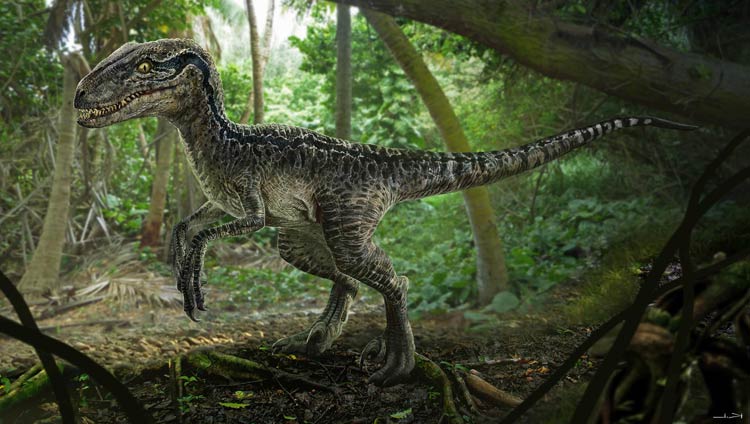
Velociraptor Size
Even though Velociraptors gained the accurate physical detail of having feathers, another aspect of their appearance is still far off from reality. In the Jurassic World movies, the raptors are made out to be large, human-sized predators, but they actually were relatively small. The paleontologist Steve Brusatte, who works at the University of Edinburgh, described them as “little poodle-sized things you could have as pets if they weren’t liable to disembowel you.”
The Existence of Indominus Rex
Even with the genetic designs and modifications referenced in the film’s plot, Indominus Rex would not have been possible. She was built with specific qualities and abilities with genes from a Tyrannosaurus rex, Abelisaurus, Velociraptor, cuttlefish, tree frog, and more to create the ultimate apex predator. This makes for fascinating science fiction, but in reality, her vast array of genes would be too distantly related for there to have been a successful genetic crossover in a living being.
Is Accuracy Needed in Hollywood Depictions of Dinosaurs?
Just as traveling to Italy is the best way to experience authentic Italian cuisine or visiting Lukki Casino is the place to be for table games, many of us would love to believe that watching any of the Jurassic Park films is the optimal way to see an accurate visual of dinosaurs roaming the earth. But unfortunately, this isn’t the case.
While the original Jurassic Park film brought in paleontologist Jack Horner as an advisor to bring accuracy to the film, the final production was still filled with inaccuracies. Some of these inaccuracies may have been made in the name of Hollywood magic (sometimes reality just isn’t movie-worthy), while others are only identified as inaccuracies since we’ve learned more after the film’s release.

This leads many people to the same question: do the movies need to be accurate?
These movies are made to be entertaining, not to portray accurate science. They’re a creative endeavor, which brings with it a creative license for its producers to shape the movie’s world and the science as they see fit.
Conclusion
The Jurassic World movies are an entertaining franchise that brings our imaginations of dinosaurs to life. It’s proved to be far from accurate, though this is not at all surprising; movies made to entertain rather than inform often stray from reality.
Nevertheless, the film’s inspirations lie in the real science and work done by the paleontology community. The film has inspired new generations to enter the field and opened up discussions on what the world was like when dinosaurs were alive and well — creating a beautiful fusion of fun and science for people of all ages.

